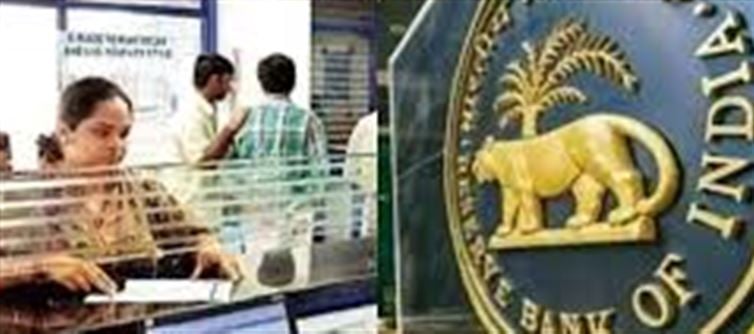
The Reserve bank of India (RBI) has introduced a new initiative that allows individuals to recover funds from forgotten or inactive bank accounts. If your account has remained unused for more than two years, it typically becomes inoperative. However, many people are unaware that it is still possible to access the funds, and the process may not be as complicated as they think.
Here’s everything you need to know about the RBI’s initiative:
What is an Inoperative Account?
· Inoperative accounts are those bank accounts that have remained dormant or have seen no activity for a specified period—usually two years or more.
· After this period of inactivity, the bank freezes the account, meaning you can’t make any transactions (withdrawals or deposits) unless the account is re-activated.
Why Do Accounts Become Inoperative?
· No transaction for 24 months, including deposits, withdrawals, or transfers, causes the account to become inactive.
· While it may seem like you’ve lost access to the account, it is simply frozen to prevent fraud or unauthorized access.
How Can You Recover Money From Your Inoperative Account?
Thanks to the new RBI initiative, recovering money from a forgotten or dormant account has become more straightforward. Here’s what you can do:
1. Check Your Account Status:
o Visit your bank’s website or mobile app to verify the status of your account. Most banks offer a simple check to confirm whether your account is active or inactive.
2. Submit a Request to Reactivate Your Account:
o If your account is inactive, submit a request to the bank for reactivation. This process can usually be done through your bank’s customer service or online portal.
o You may need to visit the bank branch personally if additional verification is required.
3. Provide KYC Details:
o In some cases, the bank may ask for Know Your customer (KYC) documents to authenticate your identity and ensure the account is truly yours.
o You may need to provide government-issued ID proof and address proof as part of the reactivation process.
4. Withdraw Funds:
o Once the account is reactivated, you can withdraw funds from the account through the usual channels (ATM, bank transfer, online banking, etc.).
Important Points to Remember
· Interest Accrued: Even though the account is inactive, the interest on your savings or fixed deposits will still continue to accrue.
· No Charges for Reactivation: The RBI has clarified that there will be no charges for reactivating an inoperative account.
· Timeframe for Reactivation: Most banks allow you to reactivate the account within a reasonable time, usually without any additional cost, as long as you provide the required documentation.
· Bank's Responsibility: If you have not been able to access funds from your inoperative account, it is the bank's responsibility to help you through the reactivation process.
Why is This Initiative Important?.jpg)
1. Protects Customers' Money: Inoperative accounts can sometimes be forgotten, but with the RBI’s new initiative, you won’t lose access to your hard-earned savings.
2. Prevents Fraud: Reactivating dormant accounts with proper verification helps reduce the risk of fraudulent activity and ensures that the rightful owner accesses the funds.
3. Promotes Financial Inclusion: Many people may not be aware of the inoperative account status, and this initiative brings awareness to allow them to access and benefit from their bank accounts.
How Can You Ensure Your Account Doesn’t Become Inoperative?
· Keep It Active: Regularly perform a small transaction—like depositing or withdrawing money, or even transferring a minimal amount to keep the account active.
· Set up Automatic Payments: If you tend to forget about your account, you can set up automatic transfers or payments to ensure activity every month.
Conclusion
Thanks to the RBI’s latest update, it’s now easier to retrieve money from inoperative bank accounts that have been forgotten over time. Don’t let your savings get stuck—check the status of your account, and take the necessary steps to reactivate it and reclaim your funds!
Disclaimer:
The views and opinions expressed in this article are those of the author and do not necessarily reflect the official policy or position of any agency, organization, employer, or company. All information provided is for general informational purposes only. While every effort has been made to ensure accuracy, we make no representations or warranties of any kind, express or implied, about the completeness, reliability, or suitability of the information contained herein. Readers are advised to verify facts and seek professional advice where necessary. Any reliance placed on such information is strictly at the reader’s own risk.




 click and follow Indiaherald WhatsApp channel
click and follow Indiaherald WhatsApp channel